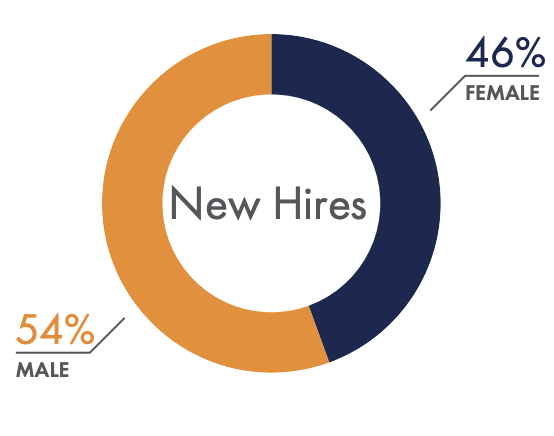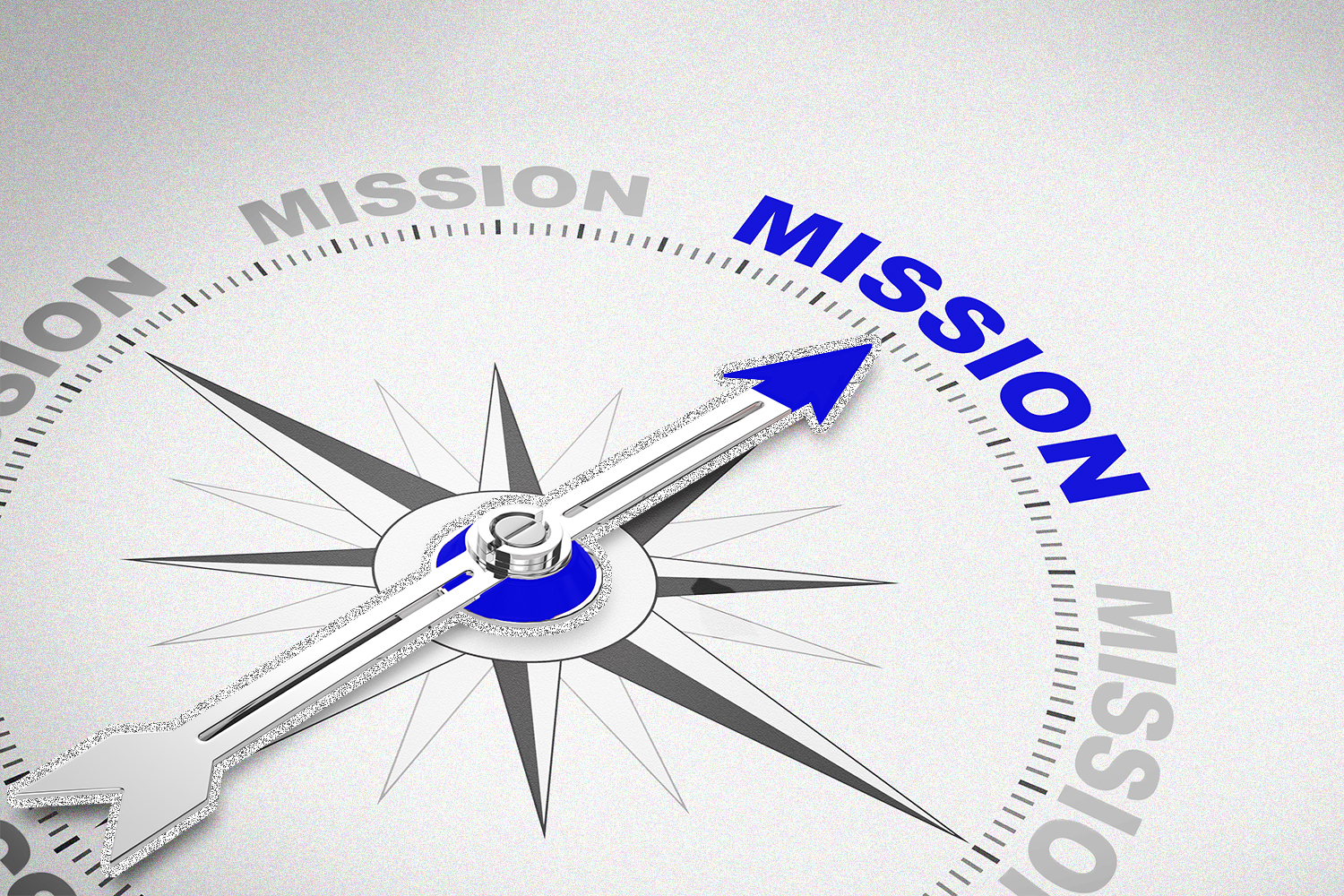Data is the roadmap that tells diversity leaders like yourself where your organization stands today and where it needs to go tomorrow — from setting diversity-based goals to creating a workforce that better reflects our nation’s makeup. Workforce diversity is especially important in the law sector, an overwhelmingly white industry. In 2020, non-Hispanic white lawyers accounted for 86% of the profession compared to 60% of U.S. residents who identified as such in 2019, according to the American Bar Association.
Equipped with insights collected and pored over through Consilio’s diversity and inclusion annual report, Maureen O’Neill, the SVP of strategic client experience and diversity and inclusion officer at the legal services and technology platform, is slowly but surely changing the industry.

Key progress areas, as recognized in the 2022 Diversity & Inclusion Annual Report, include:
- Hiring and retaining more veterans.
- 3% of Consilio’s employees identified as veterans in 2022, compared to 4% in 2021.
- Consilio is currently launching a new program to create a network of spouses of veterans and military members.
- Further developing environmental, social, and governance (ESG) efforts.
- Consilio built an ESG program in 2022, focusing first on carbon reduction.
- This year, the team will expand efforts to include social and governance and has created a cross-functional global task force to assess ESG efforts.
- Increasing women in Consilio’s workforce.
- 25% of employees in the Technology function at Consilio identified as female in 2022, an increase from 5% in 2021.
- The team is leveraging LinkedIn and Comparably to engage diverse talent.
“Increasing the gender diversity in our technology organization brings the same benefits as boosting the diversity of teams in general: More innovation, better problem-solving, and improved outcomes,” says O’Neill. “Consilio delivers technology-enabled solutions to our clients, so our commitment to service excellence requires that we operate a best-in-class technology organization. To do that, we must fully leverage the talents and perspectives of a diverse population of employees.”
Read on for an edited excerpt of part two of our exclusive interview with Maureen O’Neill to learn how Consilio creates its report and uses it to inform its DEI strategy.
Senior Executive Media: Can you offer insight into what went into creating Consilio’s 2022 Diversity & Inclusion Annual Report?
Maureen O’Neill: It’s definitely a collaboration effort. The process of writing the report begins, essentially, after the previous year’s version was published. Throughout the year, we are thinking about successes we’ve achieved, contemplating the obstacles that we need to overcome, and making notes along the way as to what might be significant and what we want to report on at the conclusion of the year so that constant collaboration takes place among our leadership teams.
We have a very close partnership between the diversity and inclusion leadership team and our employee experience senior leaders. We collaborate with them as well around the work that we’re doing, how we want to memorialize it, and how we want to define success, in terms of reporting it to our stakeholders.
“The most important group of stakeholders in our diversity and inclusion program is our employees. We want to make sure that what we’re doing in this space aligns with their expectations and we are in fact creating the workplace culture they’re looking for, that makes them feel more fulfilled and happy to be at Consilio.”
– Maureen O’Neill, SVP of Strategic Client Experience and Diversity and Inclusion Officer at Consilio
We start writing the report around October [or] November because it’s a long process. Typically, I will generate a first draft and in it, I will include placeholders where I’d like other people to contribute content. At that time, we’ll be thinking about the ways in which we want to engage various employees in the report. As you saw in this year’s report, we asked a collection of employees to share their thoughts with us on the impact of our diversity and inclusion work at Consilio, out in our communities, and in the communities where we live and work.
Part of the drafting of the report, we decide what theme we want to explore this year with respect to our employees, so we’ll start lining up employees who are willing to contribute their thoughts for us. We will typically try to get a decent draft done by the end of the year, but we can’t really start finalizing the draft until the close of the year when we pull our metrics and our HR data and start analyzing the data to see what we look like at year-end… A lot of the work towards the end is synthesizing the analysis of the data and understanding how to communicate that; how to assess what the year looked like in terms of our progress against goals.
Senior Executive Media: Can you share the different elements of the report, including input from employees and the different types of data you’re pulling in collaboration with HR?
Maureen O’Neill: The most important group of stakeholders in our diversity and inclusion program is our employees. We want to make sure that what we’re doing in this space aligns with their expectations and we are in fact creating the workplace culture they’re looking for, that makes them feel more fulfilled and happy to be at Consilio. That’s part of it…hearing about their experiences in their own voice and sharing it with the employee base at large to hopefully inspire everyone.
Then, we have a team of folks in our employee experience group whose area of focus is our data systems, our HRIS (human resource information system) platform, so I turn to them for support in generating reports out of that database. Then the analysis is me. I will sometimes turn to other folks in the HR group to help with the interpretation or if I have questions about particular data fields and how they were generated, but for the most part, the analysis is on me.
Senior Executive Media: What are the best practices you’ve learned in creating Consilio’s report that you would like to pass along to other diversity leaders?
Maureen O’Neill: I think one of the most important lessons we’ve learned over the years that we’ve produced this report is defining success. What does success mean? In the early years of our program, success, for the most part, meant making progress; getting the resources we needed, establishing a strategy, and developing plans for working towards that strategy. In those early years, we didn’t have a lot to point to in the way of specific, metric-driven goals. We didn’t have that to measure ourselves against. But as the program has progressed and matured, that’s changed.
Success looks different to us now. The differences in our approach now reflect a general maturation of our diversity and inclusion program. Whereas in past years we relied largely on anecdotal information to evaluate our success, now we’re making more use of objective metrics and structured data gathering. We also now have more defined workflows and processes within our diversity and inclusion function, which we were able to implement after adding more staff to our diversity and inclusion and employee experience organizations.
It’s something important to keep in mind as you start the year: what will success look like in December when we close the year and start to finalize the report? My advice to other diversity leaders is to acknowledge where you are on your journey and establish your own definition of success that is right for the organization at that time.
Senior Executive Media: Can you share what the metric-driven goals are that you judge success on at Consilio?
Maureen O’Neill:
This year we’ve set several new goals, the success of which we can gauge using metrics and other gathered data. One goal is to increase engagement in our employee affinity groups (EAGs). We’re planning to assess that goal by tracking the number of employees joining EAGs and participating in meetings and events, surveying EAG members about their experience, and soliciting regular feedback from the EAG leaders.
Another goal this year was to roll out mentorship programs for members of our women’s EAG and our LGBTQAI+ EAG. Before we launched these two programs, we thought carefully about what ‘success’ would mean, and we designed a plan for gathering input from the participants on whether the programs were in fact successful. Yet another new goal in 2023 is to increase the representation of women and racial and ethnic minorities in particular areas of our business. We are now measuring progress against those goals on a quarterly basis, which will enable us to adjust course as necessary if we aren’t seeing the improvement we expect.
With respect to our diversity representation metrics, we’ve recently set long-range aspirational goals in a handful of focus areas. We’ll consider it a success if we make progress year-over-year toward those goals. With our EAG program, we’re just beginning to gather metrics around employee participation and engagement. Ultimately, our EAG program is a success if we continue to increase the number of employees joining these groups, attending events, and volunteering to lead projects. Using Consilio’s semi-annual employee engagement survey, we solicit feedback from our employees on their feelings of inclusion and belonging. If we can steadily improve those metrics over time, that’s an indicator of success with our overall diversity and inclusion program.
Senior Executive Media: Is there another standout metric you’d like to highlight from Consilio’s DEI report?
Maureen O’Neill: The core of Consilio’s business is providing services and solutions for the legal market, and so we focus significant attention on our diversity and inclusion program to diversity and inclusion among lawyers. Unfortunately, the legal profession has struggled to make substantial progress in increasing the participation of women, people of color, and other historically marginalized groups.
At Consilio, we’re proud to offer attractive employment options for a diverse population of lawyers. In particular, we employ hundreds of attorneys through a service offering called “flex talent.” These senior-level, highly experienced lawyers are placed on assignment with Consilio’s clients to fulfill their attorney staffing needs. The flex talent arrangement enables lawyers to work on interesting, career-enhancing assignments in a flexible way that meets their professional and personal objectives. This flexibility is especially attractive for lawyers who are parents or have other caregiving responsibilities.
Our flex talent attorneys are highly diverse. At the end of 2022, 61% of the flex talent attorneys on assignment identified as female, and 2% as non-binary; 30% identified as [people] of color. With the ongoing volatility and uncertainty of the global economy, our clients continue to seek out innovative and flexible ways of staffing their legal matters, which will grow the opportunities for Consilio to create meaningful roles for diverse attorneys.







